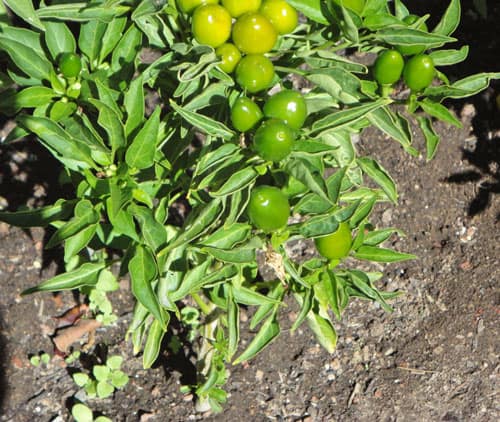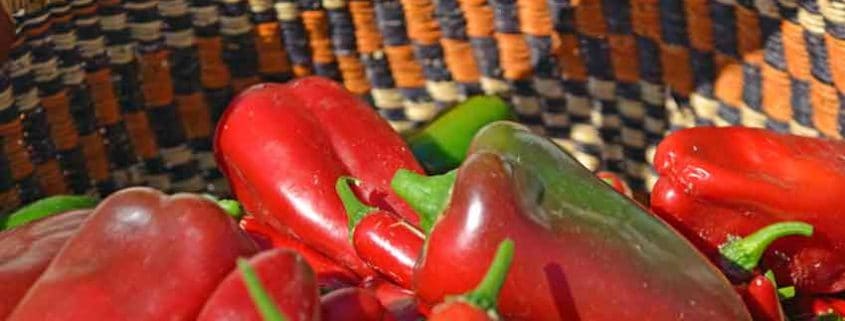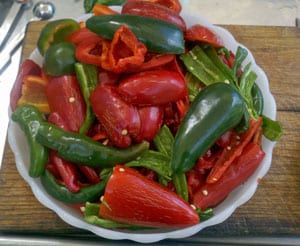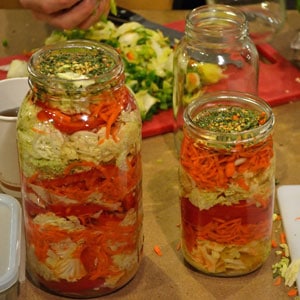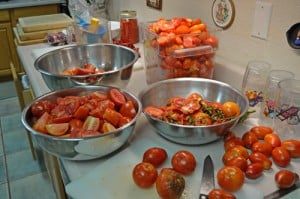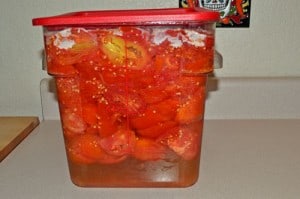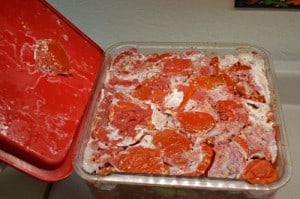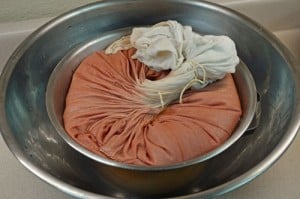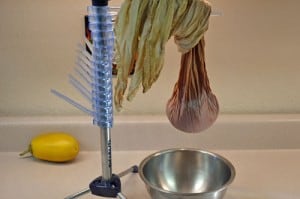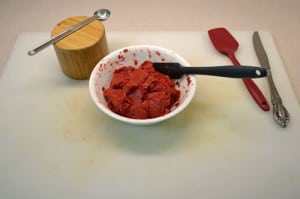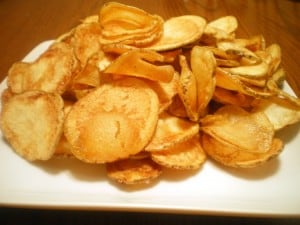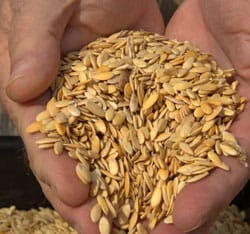Seeds – The Buried Beginnings of Food
“Seeds hold the potential for everything, the beginning and the end and the beginning all over again. Seeds are the building blocks of every meal we eat; all our fruits and vegetables, all our grains, plus the meat and milk that’s raised on grass and grain.”
Simran Sethi is an award-winning journalist, strategist & educator who teaches & reports on sustainability, environmentalism & social media for social change. Simran is dedicated to a redefinition of environmentalism that uses innovative forms of engagement & includes voices from the prairie, urban core & global community. She recently gave an inspiring presentation at TEDx Manhattan on Seeds – The Buried Beginnings of Food where she shared how much seeds really do matter to all of us, no matter where we live or what we do as a profession.
After showing how few varieties of edible plants we cultivate for our food – about 150 out of more than 80,000 – she goes on to explain the vast majority of humankinds food comes from just about 30 species. In America, over half of our daily calories come from just 4 foods – rice, corn, wheat and potatoes! We are seeing the results of a gradual shrinking in the variety of our food supply over the past 50 years, what is known as a loss of agricultural biodiversity. This is the unintended consequence of a system that was originally intended to increase productivity and feed the world – large-scale industrialized agriculture.
Moving on, she shows the staggering loss of the cultivated foods we used to depend on – by some estimations a 75% loss of food varieties that have disappeared since 1900. Combined with this is the alarming consolidations in the ownership of seeds, essentially seed monopolies. Three corporations now account for over half of the global commercial seeds market today. This includes hybrids and GMOs, both of which can’t be saved and re-planted for the next year. With this model, seeds have become non-renewable resources, inventions created by companies that farmers are required to buy from year after year.
One company now controls the genetics of nearly 90% of the corn, cotton and soybeans grown in the United States. That same company bought the world’s largest developer and grower of vegetable seeds in 2005. As she so emphatically states,
“Monopolies are hideous with our cellphones, we know this! They are disastrous with food, because food and seeds aren’t just any other commodity.”
Watch her powerful presentation, learn a few things and become inspired to take a more active part in your food!








